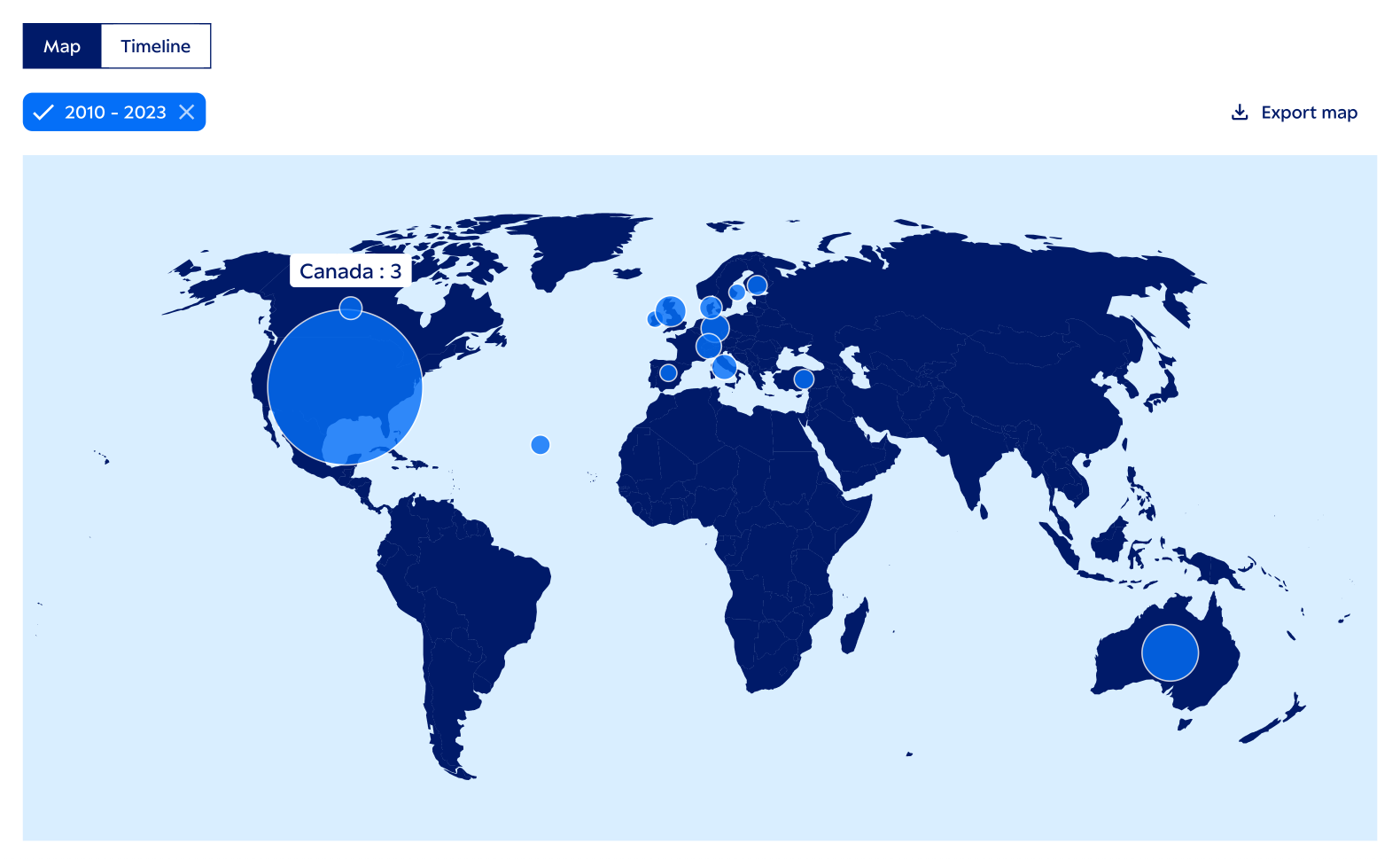Science’s Communication Problem
Scientists can be brilliant communicators. We are trained to work with collaborations large and small, present our work in journal articles and conferences with clarity and purpose, and generally enjoy chatting with each other. Communication is a fundamental part of scientific life. Yet when scientists try to engage the public, they face barriers to getting their message across and can often find their messages manipulated.
As a scientist heavily engaged in science communication, I find my colleagues falling into the same traps, over and over again — assuming they even bother in the first place. Science is failing at communicating its own process and values effectively to the public. And attempts to disseminate vital information risk getting distorted by media interests, co-opted for political gain, or outright ignored. As a result, I believe that the public is slowly losing trust in science because they don’t view scientists as trustworthy people.

According to the Pew Research Center, U.S. adults that have a “fair amount” or a “great deal” of trust in scientists fell from 87 to 77 percent in just the past two years. And since the vast majority of science relies on public funding, if the public isn’t on board with science, then I fear that our future as an institution is at risk.
Research has shown that simply giving the public more information isn’t the best way to correct this. It’s crucial that scientists find ways to communicate more effectively and directly with the public, so the public can have access to the minds, and hearts, of scientists. In other words, they need to see scientists as people whom they can empathize with and learn to trust. To enable this, scientific institutions must support those endeavors via media training and institutional incentives which are currently lacking in the academic landscape.
At most top-tier research institutions, the primary responsibility of a scientist is to win more grants. Anything that supports that, for example, writing proposals and publishing well-received papers, is rewarded by the institution through promotion and tenure. On the flip side, anything that does not support that – including engaging in public communication – is often treated as a distraction.
I have seen this discouraging atmosphere play out in both my own career and those of my colleagues. And that personal experience is backed up by evidence. A 2012 study looking at scientists’ attitude towards outreach found grim prospects, with 74 percent of survey respondents listing one or more impediments to engaging in public outreach, including receiving little support or encouragements from their institutions. Meanwhile, less than half were able to come up with potential solutions. Those findings are echoed in another study published earlier this year, which suggests that, 10 years later, many barriers remain. Using focus group discussions, scientists “noted the pressure they felt to focus on research and teaching, rather than public engagement for the sake of tenure and promotion requirements.” In many cases, the study stated, mentors actively discouraged graduate students and junior faculty from engaging with the public.
The little science communication that comes out of academia appears to mostly be a product of a passionate hobby, rather than a facet of a professional career – and that’s assuming scientists even have time for it amid the pressures of publish or perish and other obligations. From that same 2012 survey, one of the most damning comments came from a physics graduate student who wanted to eventually pursue a career in outreach. When asked how they navigated graduate school, they responded, “The best way you can do it is to keep your mouth shut and keep going until you finish.”
Yes, science outreach is hard. But scientists are used to doing hard things. If they were rewarded for public communication — by making science communication training a part of their professional development and making engagement with the public a part of the portfolio that leads to tenure and promotion — I feel confident that they would find and develop the tools necessary to do so effectively.
For scientists who do want to communicate their work to the public, the media landscape can be tricky to navigate. While there are plenty of journalists who are careful to get the science right in their work, there are others in media whose interests don’t always align with scientists’ interests. Thus we see good science distorted into bad messages. For example, the pseudoscientific documentary “What the Bleep Do We Know?” interviewed real scientists but edited their interviews to make them appear to support outrageous claims. And there are countless headlines that exaggerate or even directly contradict the science described in the article.
When working with the media, scientists should verify the publishing history of the journalist and outlet they are working with, and, when possible, ask for a review of the quotes used in the piece. It’s worth noting though that many outlets, including Undark, do not allow for quotes to be reviewed verbatim in the interest of journalistic integrity. If that’s the case, scientists should request a fact-checker or editor contact them and provide a summary of the quotes provided.
Perhaps it’s not surprising when scientists fall for mismanagement of their own expertise, because “Working with the Media 101” isn’t a part of any science graduate program that I’ve encountered. While some universities have begun to offer certificates and workshops in media training, participation in such programs are often voluntary endeavors, rather than a requirement of postgraduate training.
Scientists can be quick to blame the media for poor science communication, but ultimately those stories wouldn’t exist without the scientists participating in the process: generating the research, assisting in their university’s press release process, and making themselves available for interviews. And many of these scientists have absolutely no training or guidance in media relations. Academia’s disincentivizing of science communication doesn’t just silence scientists, it leaves scientists who do wish to be heard unprepared to deal with the media.
Sadly, sometimes scientists themselves participate in this distortion, leveraging their standing and level of public trust to push personal agendas and their own search for fame. For example, Andrew Wakefield spent years promulgating the false idea that vaccines cause autism – an idea based on fraudulent research. In my own field, recently a group of astronomers claimed to find evidence for life in the cloud tops of Venus, a story that created a media frenzy. Those claims were immediately disputed by other astronomers, to much less fanfare. The end result is that poor science communication is a contributing factor in the public’s declining trust in scientists.
Unfortunately, there will likely always be a small number of bad scientists. But that is why it is doubly important that good scientists understand the power of effective communication. If we develop a culture and expectation where scientists have a more intimate relationship with the public, and where non-scientists better understand the scientific process, then I believe that people will have better tools to separate the good from the bad.

Social media offers an unfiltered method of communication, where scientists can be more directly engaged with the public. While it requires scientists to devote time and energy to build a following, it should be leveraged more as an important tool in reaching people on a one-to-one basis. While the majority of scientists use social media, many of them use those platforms to connect with each other, rather than the public. Scientists should use that newfound voice to speak directly to the public, removing any barriers and distortions placed by gatekeepers.
Scientists need to reveal the messy inner workings of their process so that the public can appreciate and understand our methodology and conclusions we reach. And institutions need to make science communication a literal job requirement of being a scientist.
Yes, science is messy, and often comes to contradictory answers before settling on a solution. Yes, science is nuanced, with each result bracketed by caveats and assumptions. Yes, science is human, an imperfect instrument for studying the world.
But people don’t connect with science, they connect with people. To rebuild trust in science, we need to expose the humanity — and the humans — of science as much as possible.






























































































